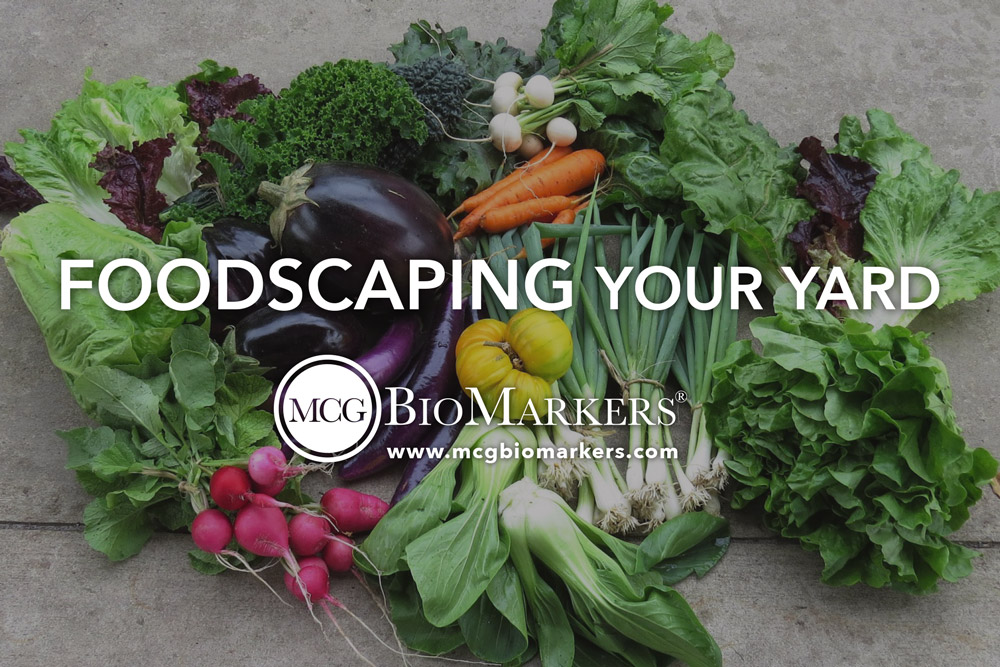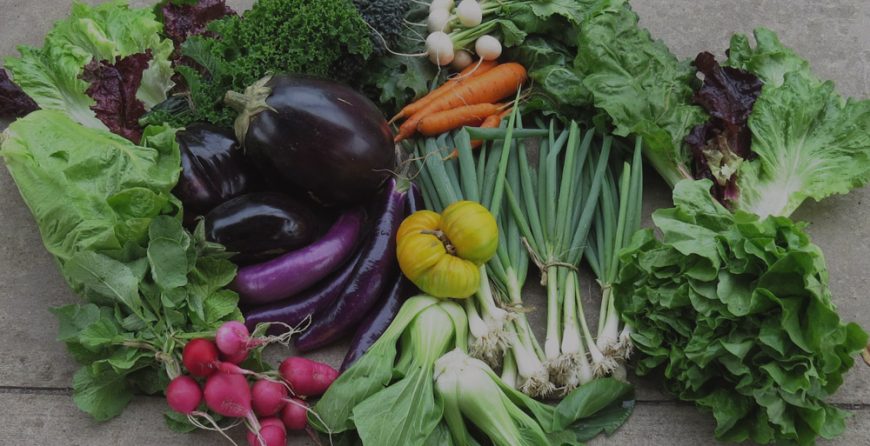 Landscaping has become part of every homestead. Getting home to a well-manicured landscape with beautiful and colorful flowers is quite therapeutic. But, how about getting home to an edible front yard landscape? Foodscaping is the art of developing edible landscapes that not only appeal to the eyes but also to your taste buds. However, most homeowners still debate between creating a landscape for beauty or for eating without realizing that edible landscaping offers both beauty and edible fruits, herbs, and vegetables because you do not have to get rid of flowers entirely.
Landscaping has become part of every homestead. Getting home to a well-manicured landscape with beautiful and colorful flowers is quite therapeutic. But, how about getting home to an edible front yard landscape? Foodscaping is the art of developing edible landscapes that not only appeal to the eyes but also to your taste buds. However, most homeowners still debate between creating a landscape for beauty or for eating without realizing that edible landscaping offers both beauty and edible fruits, herbs, and vegetables because you do not have to get rid of flowers entirely.
Foodscaping Design Principles
The first step towards creating an aesthetically appealing landscape is to define the crops that are native to your region and the ones you would want to grow. At this stage, it is important to consider colors and your current landscape vegetation.
Texture, Color, and Form
When considering edible landscaping, it is advisable to think beyond plant flavor. Consider the texture, color, and formation of crops you intend to use. Create color echoes throughout your landscape by picking a few plant colors and repeating them. You can use similar plants or different plants with similar colors to create the perfect color echo. A good example is using purple cabbage and purple basil.
To make your landscape more interesting and prevent plants from blending, use plants with different textures and shapes. This way, every plat group will standout and shine to make the landscape appealing. Plant taller edibles towards the wall or at the furthest points and the short edibles at the front.
Plant in Drifts
Drift is a plant grouping that is laid out in a random or odd pattern. You plant the crops randomly to achieve a natural look; they appear as though they grew naturally. If you have a small garden, create drifts of 3 plants, and if you have a larger space, 7-9 plant drifts would be ideal. One drift works for larger plants and a small garden.
Including Flowers
The main purpose of adding flowers is to bring out the beauty of your landscape. They are used to add color and versatility to your
would be green edible landscape. Flowers also attract plant pollinators. If possible, it is advisable to include edible flowers such as roses and nasturtiums. Flowers act as complimentary color echoes and landscape elements that tie the food scaping idea together.
Crop Rotation
Edible landscaping gets tricky when you have to practice crop rotation. In organic gardening, it is not advisable to grow the same crops in the same spot every year. This is a gardening technique that promotes soil nutrients depletion. Rotate your crops at least every growing season so that the soil recovers and gains more nutrients from different plants. Note where you plant each crop type and avoid planting it at the same spot during your next cultivation. However, this principle does not apply to flowers because they are not harvested.
Summary
Foodscaping is a landscaping technique that will not only change how people design their yards, but will also encourage healthy eating. With adequate research and understanding of your growth region, edible landscaping should be as easy as starting an organic gardening journey.


